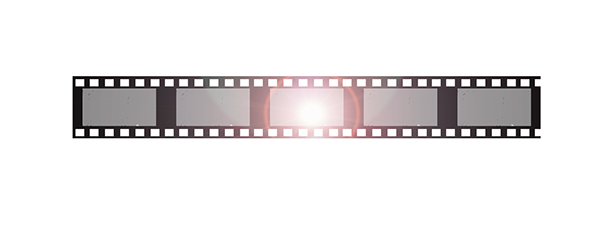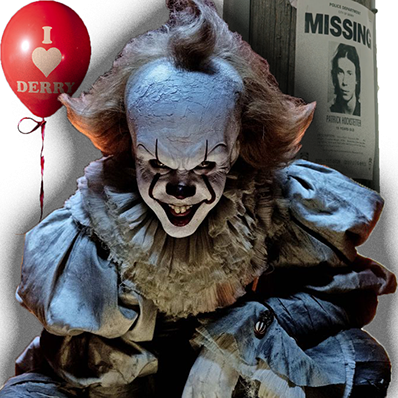



Stephen King’s writings have had a wide array of success with their movie adaptations. Some, like Misery and The Shining are classics while others, such as Maximum Overdrive, are god-awful. Often, it comes down to the quality of the original source material and others that simply don’t work well on screen. In a bid to overcome the 1000 pages of King’s seminal work “It”, it was made in to a TV Mini series in 1990 spanning over 3 hours to capture the fullness of the book. The miniseries certainly has its fans thanks, in large part, to the portrayal of evil clown Pennywise by Tim Curry. It has its detractors too but seems to be mostly fondly thought of, most people really enjoy the first half the miniseries but found the adult section of the story to be dull, leaving room for improvement.
Now, in 2017 during the time studios are remaking every existing Intellectual Property (IP) it was inevitable that “It” would be given its remake. In the studios defence, it is more a re-adaptation of the book than a remake of the miniseries. Thankfully, the first signs were good from the production with the team seemingly true fans of the source material and were committed to being as faithful as possible. Teaser images of the missing posters, walkie talkies, police car and more were released illustrating the “timeless” / 80’s aesthetic they were going for, in keeping with the books 50’s trimmings. The cast was made up of, obviously, unknown child actors with the exception of Stranger Things Finn Wolfward and the antagonistic clown being portrayed by Bill Skarsgard who starred in Allegiant and Atomic Blonde.

The first time public opinion seemed to go against the project was upon release of images of Pennywise. Albeit, a dark close up still image can’t convey the character to people, but the clown looked, as odd it might sound, too scary. Tim Curry’s clown was a good clown that children might actually approach or be lured in by and his friendly veneer belied the monster that would pounce. Skarsgard version wouldn’t attract a fly, let alone a child, looking more of a monster off the bat. The other issue was that almost all of the promotional material for the film was centred around Pennywise, opting out of the traditional “reveal the monster as late as possible” established by Jaws and most other monster films that followed.
The plot of the film is the same as the book and miniseries with the exception of focusing solely on the period of them as children rather than the duel timelines. A boy called Georgie goes missing, his brother Billy and his group of friends all begin seeing strange and scary things and they get together to figure out the source of the visions.

It has previously been a risk to focus a film around child actors as they are typically more wooden but here they all do very well. Each of them more than solidly conveys everything given to them, convincing of the terror, joy, intrigue and more in every scene. You’d swear that Sophia Lillis was cast by using a time machine to get a young Amy Adams at times and also could mark her as potential casting for the grown-up time line. After the build-up, it’s fair Bill Skarsgard does do a good job as the new Pennywise – his body movements (when not doing the close-up blurry run) and delivery, do give him a menacing presence. The colour pallet of the film with its almost sepia tone at times contrast sharply with the red worn by Pennywise and his balloons directing your attention to them further when on screen.
Menace and scares are rife throughout, many of them being well constructed. The early difficulty they scares bump in to is they happen to characters as we meet them, reducing investment in the scare. The other mark against the films approach to its scaring is heavy reliance on the sudden bursts of noise in the soundtrack or long, droning, off-key swelling notes. What is now commonly referred to as “jump-scares” undermine much of the tension built up beforehand. Not to say every scare is undermined, as Pennywise takes the form of whatever the child fears, the design for some of these are quite unnerving in of themselves with the painting that comes to life and the library basement creature looks standing out the most. The haunted house is also well laid out, providing the longest stretch of straight scares in the film as well as some of the most memorable.
The most major mark against the film is its inconsistent tone between scenes. Two striking examples of tone deafness come, first, in a scene by the river when the children have a rock fight with the school bullies, during which they throw stones the size of fists. How it’s shot, in slow-mo with more upbeat music, and the fact that several of them take rocks directly to the head with no injury is just an oddity in the film. The second follows a Pennywise scaring that leaves one characters bathroom covered in blood and the others offering to clean it up. The scare itself (while no longer original but is based on the source material that did originate it) created a good deal of tension but the following clean up scene is shot as a montage to another upbeat 80’s song with the kids happily bonding during the experience. Again, another odd decision. It’s possible, given that this film was made by the same studio that forcibly injected last years “Suicide Squad” with a compilation CD’s worth of music, that these were also wanted in by Studio Execs but nevertheless detract from the rest of the films tonal arrangement.
As a whole, its certainly a good enough horror film. It creates enough atmosphere throughout; the cast deliver consistently well, and the direction is solid. That being said, there is nothing game changing here; it is riddled with clichés, odd tonal shifts from trying to be too much at once and one or two just impossible characters that detract from the elsewise grounded world. There is definitely good work to be appreciated from both the young cast and new(ish) director as well as some scares being truly memorably, though lacking a touch of the personality that garnered the miniseries its fanbase.













